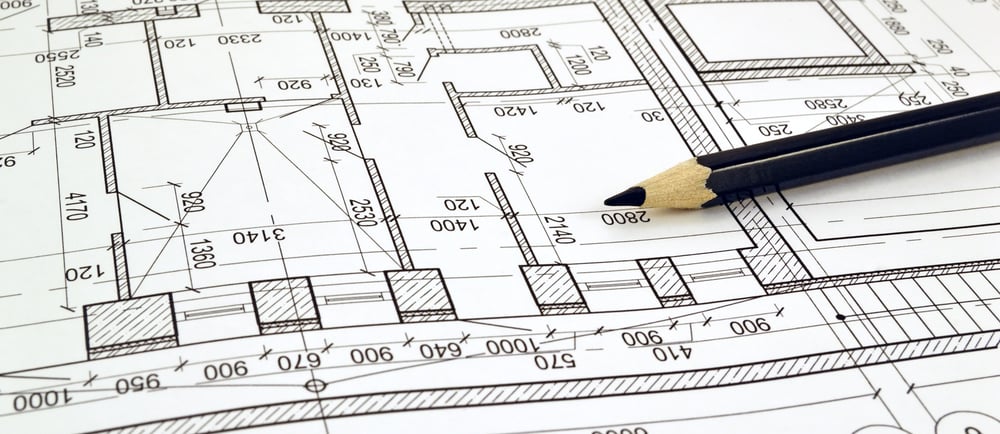Why Building Regulations Are Important in the UK | Homeowners Guide 2025
5/11/20253 min read


Why Building Regulations Are Important in the UK: A Homeowner's Guide
When planning any building project—whether it's a loft conversion, home extension, or complete new build—complying with building regulations is absolutely essential. These rules may seem like a bureaucratic hurdle at first, but in reality, they play a crucial role in making homes safer, more energy-efficient, and structurally sound.
In this blog post, we’ll explore why building regulations are important in the UK, what they cover, and how following them benefits both homeowners and the wider community.
What Are Building Regulations?
Building regulations are a set of legally enforceable standards issued by the UK government. They apply to the design, construction, and alteration of buildings to ensure health, safety, energy conservation, and accessibility.
These regulations are distinct from planning permission. While planning permission deals with the visual and environmental impact of a project, building regulations focus on the technical aspects, such as:
Structural stability
Fire safety
Sound insulation
Drainage and sanitation
Energy efficiency
Accessibility
Why Are Building Regulations So Important?
Here are the key reasons building regulations matter for every UK construction project:
They Keep People Safe
The primary role of building regulations is to ensure the safety of anyone living in, working in, or visiting a building.
Fire safety (Part B): Ensures homes have fire-resistant materials, escape routes, alarms, and safe layouts.
Structural integrity (Part A): Prevents buildings from collapsing due to poor materials or design flaws.
Electrical safety (Part P): Reduces risk of electric shock, fire, or overloads.
Without these regulations, occupants could face serious injury or worse.
They Improve Energy Efficiency
Sustainability is no longer optional. With rising energy costs and growing climate concerns, Part L of the building regulations ensures new and renovated homes are insulated, airtight, and energy-efficient.
Double or triple glazing
Efficient heating systems
Insulated walls, floors, and roofs
Renewable energy solutions like solar panels
These features reduce energy consumption and lower your monthly bills while helping the environment.
They Prevent Structural Problems
Whether you're adding a loft, knocking down walls, or building a rear extension, building regulations ensure your project is structurally sound.
Correct load-bearing calculations
Approved construction materials
Safe roof spans and joist sizes
Foundations appropriate to soil type
Ignoring structural requirements could result in subsidence, cracking, or complete failure of the building — all of which are dangerous and costly to fix.
They Make Your Property More Marketable
Homes built to regulation standards are more appealing to future buyers. A completion certificate from Building Control is often requested during property transactions.
Proves the work is legal and safe
Avoids legal disputes
Increases confidence for mortgage lenders and surveyors
Without proper approvals, you may struggle to sell or remortgage your property later.
They Ensure Accessibility for All
Part M of the regulations ensures that buildings are usable and accessible for people with disabilities, elderly residents, or those with mobility impairments.
This includes:
Level thresholds
Wider doorways
Ramps and handrails
Accessible bathrooms
These features improve inclusivity and future-proof your home.
They ensure proper drainage and hygiene.
Good drainage and sanitation are non-negotiable in any modern property. Regulations cover the safe removal of waste, damp prevention, and the installation of water systems.
Proper pipe gradients
Safe location of manholes
Waterproofing for bathrooms and kitchens
Hygienic ventilation and extractor fans
They Protect the Environment
Building regulations promote the responsible use of materials and reduction of environmental harm.
Low-VOC paints and materials
Protection of biodiversity during construction
Rainwater harvesting or greywater recycling
Proper waste management during the build
What Happens If You Ignore Building Regulations?
Failing to comply can result in serious consequences:
Fines and legal action
Demolition or reversal of unapproved work
Difficulty selling the property later
Voided insurance policies
Endangering occupants
Who Enforces Building Regulations?
Building regulations are typically enforced by either of the following:
Local Authority Building Control (LABC)—Council-appointed officers who inspect and approve work.
Approved Inspectors—Privately licensed professionals who can carry out the same checks.
They’ll conduct site visits at key stages (foundations, structural work, drainage, etc.) and issue a completion certificate when all requirements are met.
Final Thoughts: Don’t Cut Corners—Build Right
In the UK, building regulations are not red tape—they’re essential protections for homeowners, neighbors, and the environment. Whether you’re doing a single-storey extension, loft conversion, or full house build, always engage with qualified architects, engineers, and builders who know the regulations inside-out.